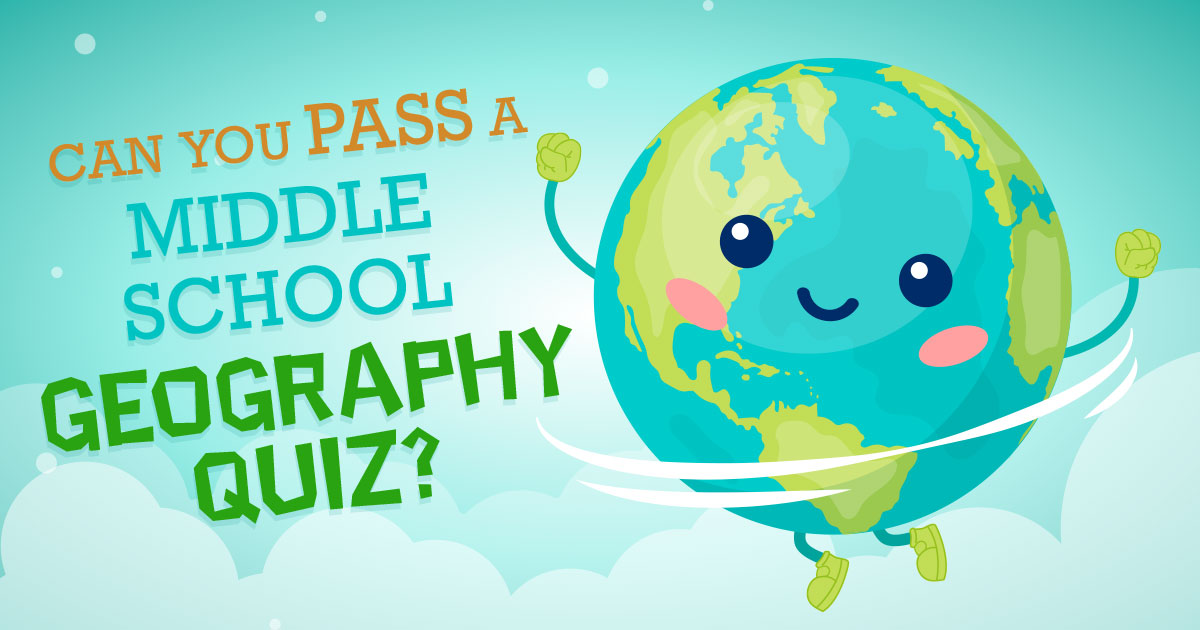
There's more to geography than just maps and charts because we inhabit a truly amazing world. In Middle School Geography, we are taught about the continents, countries, mountains, oceans, vast bodies of water, landforms, climates and physical features that are all part of planet Earth.
Not only is geography about the natural environment of our planet, it's also about how humans have influenced global culture and economics (human geography). You'll need to know intricate information about the regions of the world, including North America, South America, Europe, Asia, Africa and Australia. After all, not only has the world changed as it aged, but also people changed the world's borders and it's important to be aware of the many ways we have impacted our natural habitat.
So, get ready to put your geography knowledge to the test with this quiz! Explore the world with this fact-filled Middle School Geography multiple-choice challenge.
Enjoy Quizly? Upgrade to Premium for an ad-free experience and exclusive features.
Get PremiumCan You Pass a Middle School Geography Test? Quiz Questions
Which of the following is not a human activity that causes changes to the physical environment?

deforestation
mining
pollution
tsunami
avalanche
Which of the following statements about Earth is correct?

Earth has a shorter orbit than Mercury.
Earth is much bigger than Jupiter.
Earth is the only planet in the Solar System that is able to support life.
Earth is the planet that is nearest to Sun.
Why does the Sun appear to rise in the east and set in the west?

It is because the Earth rotates westward.
It is because the Earth rotates eastward.
It is because the Sun rotates westward.
It is because the Sun rotates eastward.
Contour lines which are close together represent ________.

a gentle slope on a map
a hill on a map
a lowland area on a map
a steep slope on a map
a farmland
What is normally used to locate a place in an atlas?

grid references
letter-number system
latitudes and longitudes
lengths and widths
Which of the following indicates that movement of the Earth's plates is still going on?

landslides
occurrence of earthquakes
occurrence of storms
weathering of mountains
rain
The figure below shows a rock being broken down through a weathering process. Which of the following is a likely location for this weathering process to take place?
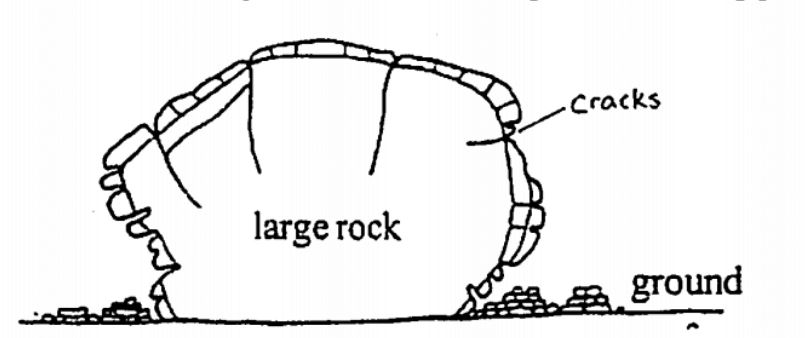
Antarctica
Amazon rainforest
Pacific Ocean
Sahara Desert
Which of the following shows a plateau?
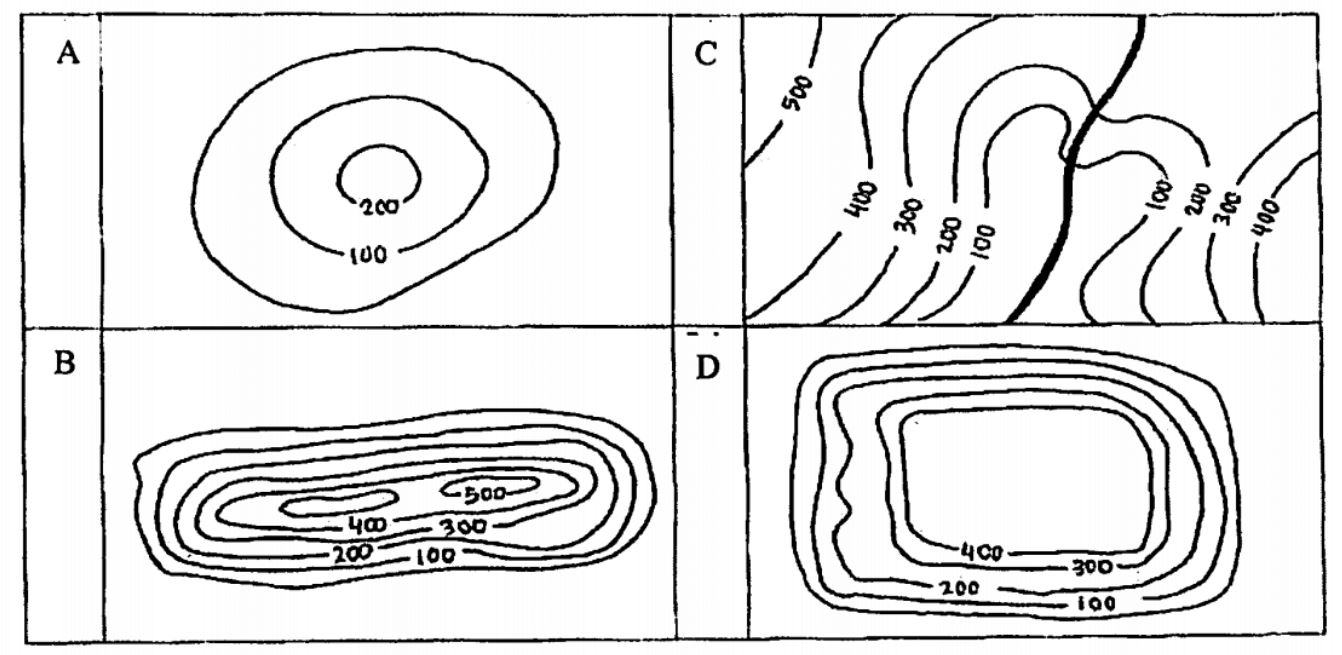
A
B
C
D
Which of the following pairs of items are useful natural resources?

motor vehicles and power stations
electricity and fire
fire and electronic gadgets
water and wood
The five main oceans on Earth are Atlantic, Pacific, __________________.

Indian, Arctic and Southern
African, Arctic and Southern
Indian, African and Southern
Indian, Arctic and Antarctic
African, Northern, Asian
Maps have many uses. Which of the following is not one of them?
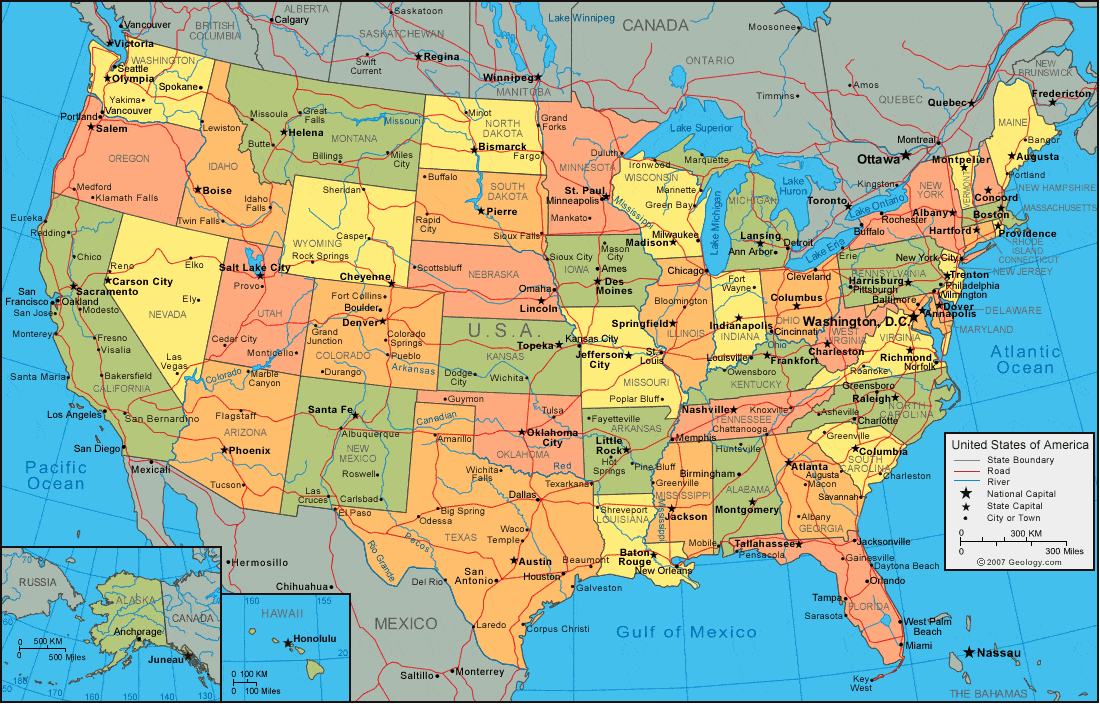
sources of information
proof of human existence
record of changes
tools used in planning
All topographical maps have vertical grid lines called ___ and horizontal grid lines called ___ .

Eastings; Northings
Northings; Eastings
X axis; Y axis
When plates meet, ________ mountains are often formed.

rift
block
fold
horst
tall
The belt around the Pacific Ocean where a large number of the world's volcanoes are found is called _________.
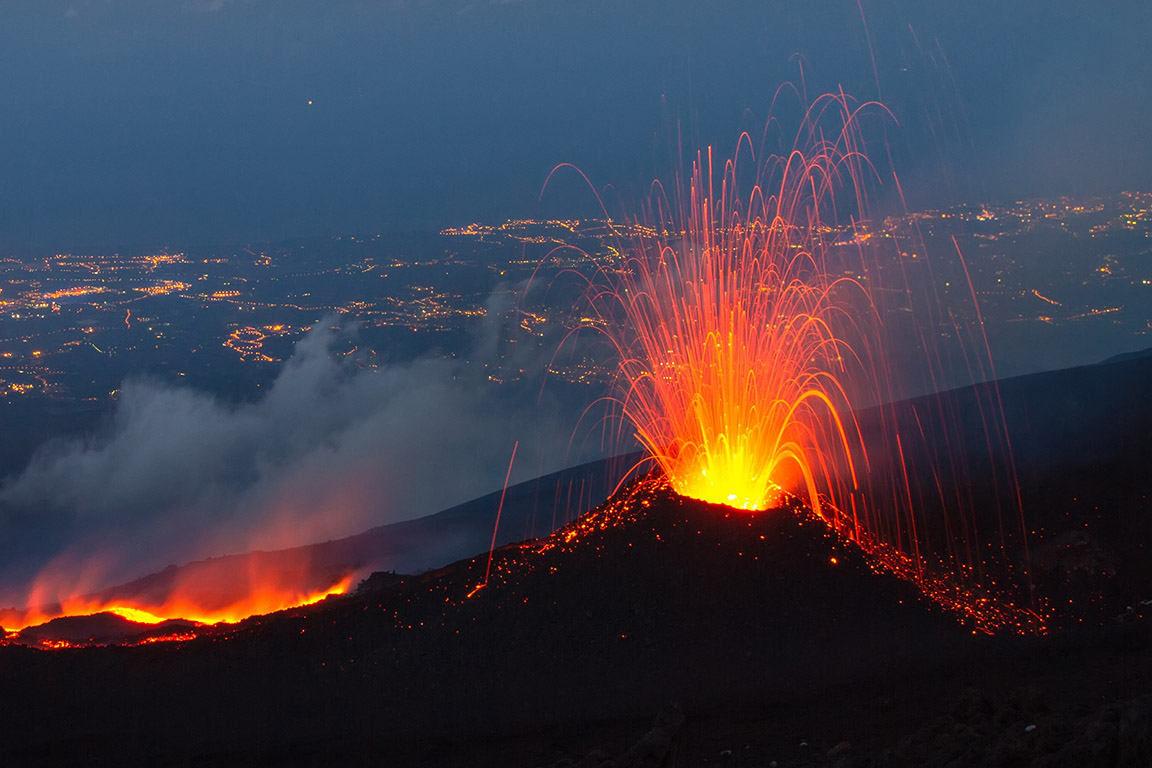
Pacific Ring of Five
Pacific Ring of Fire
Pacific Ocean of Five
Pacific Ocean of Fire
The Earth's crust Is made up of several ________ which can slide past, pull apart from or push towards each other.

oceans
internal forces
magma chambers
plates
tiles

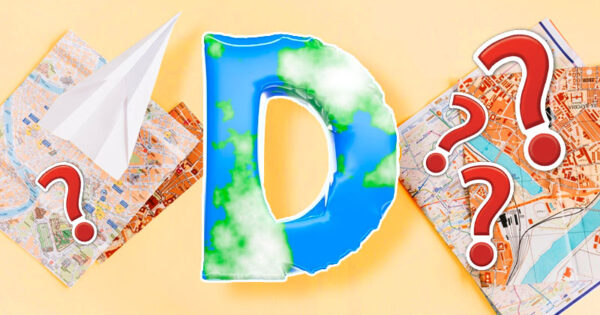
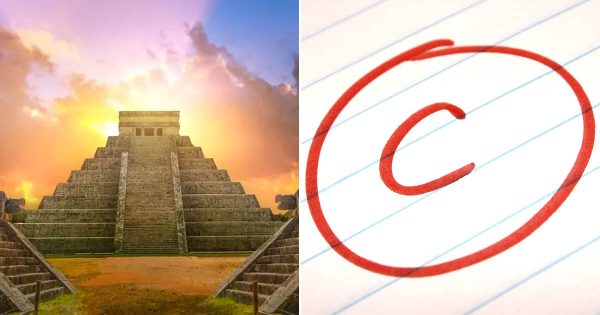


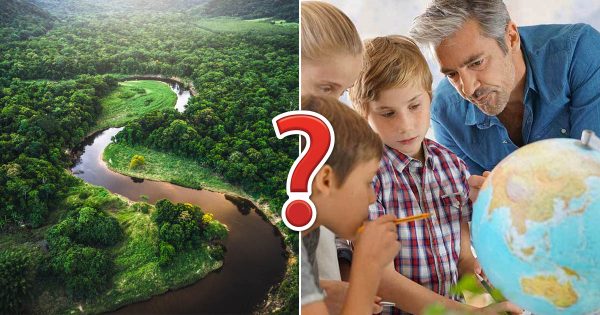
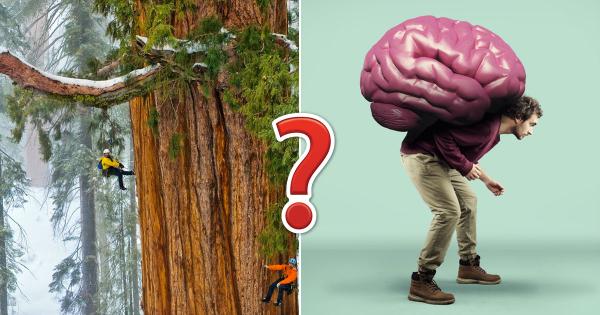
2 Comments
The answer should have been longitude and latitude,I agree with that answer and it should be changed Community Hero!!!
There is one I had counted wrong that I definitely disagree with. Latitude and longitude locates places on the Earth’s surface. But in an atlas, they are located by grid references. To locate a particular city on a page, you look it up in that page’s index. It may say the city is located in grid square I-3, for example.
And who in the name of sense ever heard of “eastings” and “northings”? In all my years of schooling from kindergarten through university, and up until today, I never once heard those terms!